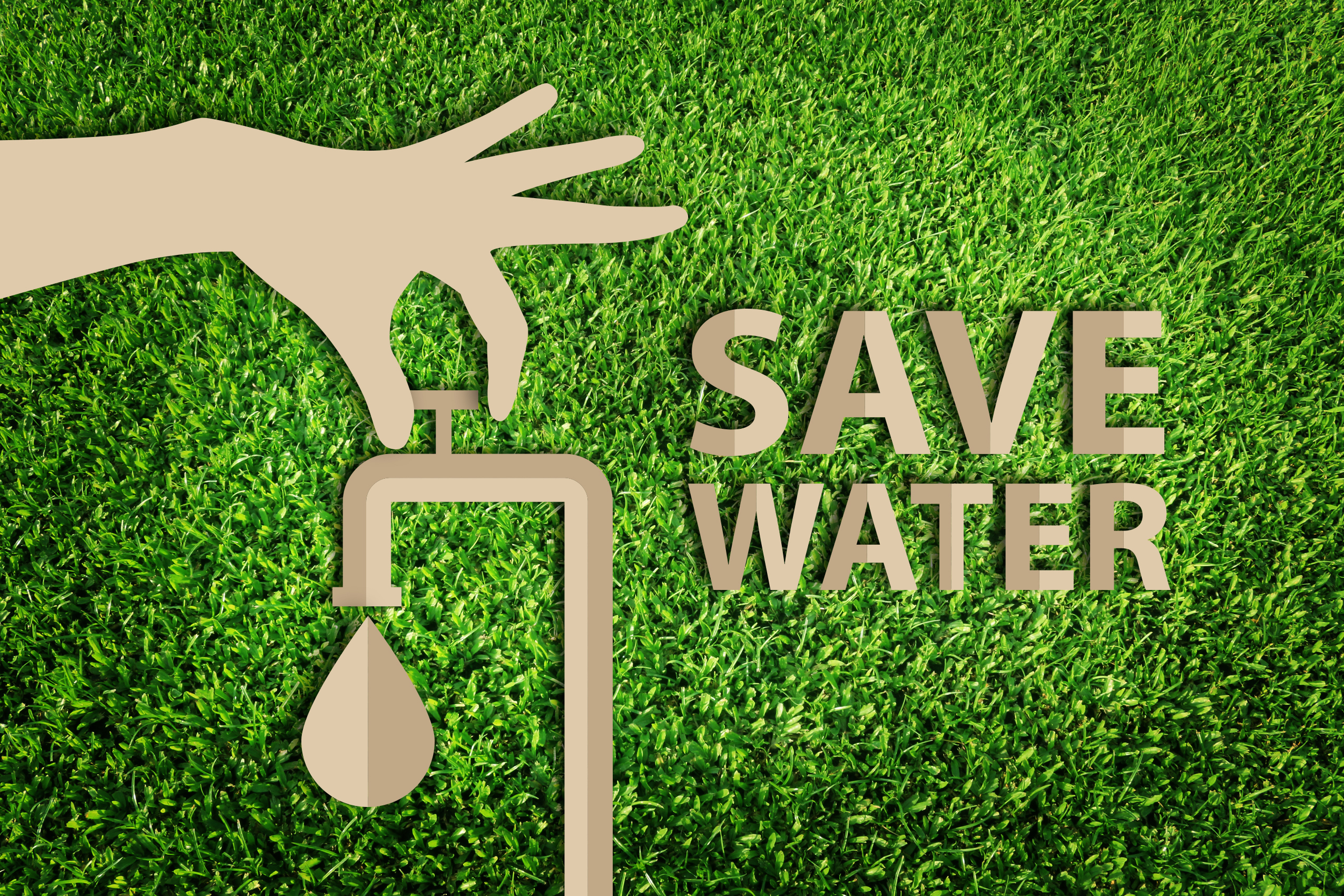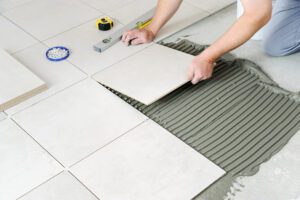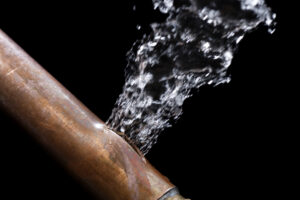It’s a fact that water scarcity is a pressing global issue, more so in various parts of the country. As homeowners, we have the power to make a positive impact through practical water conservation techniques. This is Tip #23 from our post on: “Homeowner Essentials Common Sense Tips” that every homeowner should know. By implementing practical and actionable strategies, we not only reduce our water consumption as a contribution to a sustainability, we also save on our utility bills – so why not! Some of these tips are pretty cool, and would make for some great DIY projects, so let’s get into it.
Fix Leaks and Upgrade Fixtures:
This one should be obvious, addressing leaks promptly is vital to prevent water waste. Leaky faucets, toilets, and pipes can result in significant water loss over time. A faucet that drips at the rate of 1 drip per second can waste more than 3,000 gallons per year! This is equivalent to about 180 normal showers. So regularly check for leaks and repair them immediately. Additionally, consider upgrading water-efficient fixtures such as low-flow toilets, faucets, and showerheads. These fixtures are designed to minimize water usage without compromising performance. By fixing leaks and upgrading fixtures, you can conserve water and reduce your water bill.
Take Shorter Showers:
The calming sensation of a hot shower is something all of us love. However, Long showers can lead to excessive water consumption. On average, standard showerheads have a flow rate of about 2.5 gallons per minute (gpm). Therefore, a shower that lasts for 20 minutes can use up to 50 gallons of water. In contrast, water-saving showerheads that meet the U.S. Environmental Protection Agency’s WaterSense standards have a flow rate of no more than 2.0 gpm, which would use 40 gallons of water during a 20-minute shower. Reducing shower time and using water-efficient showerheads are effective ways to conserve water. So make a conscious effort to limit your shower time and use water efficiently, and consider installing a low-flow showerhead,
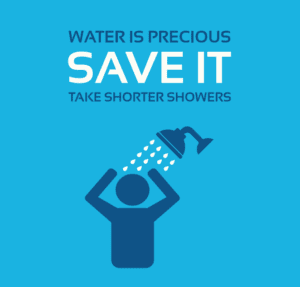
Efficient Indoor Water Use:
Washing machines
The amount of water used by a washing machine can vary significantly depending on the type and model of the machine, as well as the selected wash cycle. On average:
- Older, traditional top-loading washing machines may use between 40 to 45 gallons of water per load.
- More efficient, newer models of top-loading washing machines typically use between 15 to 30 gallons of water per load.
- Front-loading washing machines, which are generally more water-efficient than top-loaders, use between 10 to 25 gallons of water per load.
High-efficiency (HE) washing machines use the least amount of water, with some models using less than 15 gallons per load. It’s important to consider the efficiency of a washing machine if you’re looking to reduce water usage.
Dishwasher
The amount of water used by a dishwasher varies depending on its age, model, and efficiency. On average:
- Older dishwasher models can use up to 10-15 gallons of water per cycle.
- Modern, energy-efficient dishwashers typically use between 3 to 5 gallons of water per cycle. Some of the most efficient models can use as little as 3 gallons per cycle.
Energy Star-rated dishwashers are designed to be more water and energy-efficient compared to standard models. Choosing an Energy Star-certified dishwasher can help reduce water usage and save on utility bills.
Sink Aerators
Sink aerators can significantly reduce water usage by mixing air into the water stream, creating a fuller flow while using less water. They are simple devices that can be attached to the existing faucet spout. The savings from using sink aerators can vary depending on the original flow rate of the faucet, the aerator’s flow rate, and water usage habits. However, on average:
- Standard faucets without aerators can have flow rates as high as 2.2 gallons per minute (gpm) or more.
- Installing an aerator can reduce this flow rate to 0.5 gpm to 1.5 gpm, depending on the aerator model chosen.

By reducing the flow rate, aerators can save hundreds of gallons of water per month. For a typical household, using aerators can lead to savings of approximately 500 to 1,500 gallons of water per year per faucet, depending on usage patterns. This not only conserves water but also reduces the energy cost associated with heating water, offering both environmental and financial benefits.
Collect and Reuse Rainwater:
I’m not suggesting collecting and using rainwater for drinking purposes, but you can if you treat it. It is however, a valuable resource that can be easily collected and used for various purposes. Installing rain barrels or cisterns to collect rainwater from your roof’s downspouts is not difficult, and there are complete systems you can buy that are less than $100, but you can also do it yourself as shown in the video above.
Collected rainwater can be used for tasks such as watering plants, cleaning outdoor surfaces, or even flushing toilets. By collecting and reusing rainwater, you can significantly reduce your reliance on municipal water supplies and conserve water effectively. Some of these systems are designed to be stylish as well and wont deter from the aesthetics of your home or yard. Do some additional research and you may be surprised that collecting rainwater may be a good viable option for you.
Responsible Outdoor Watering:
Watering outdoor spaces, particularly lawns and gardens, can account for a significant portion of your water consumption. Adopt responsible watering practices to minimize water wastage. Water your lawn and garden during cooler times of the day, such as early morning or late evening, to reduce evaporation. Consider using drip irrigation systems or soaker hoses, which deliver water directly to the plant roots and minimize water loss through evaporation or runoff. These methods ensure efficient water usage and help conserve water in outdoor spaces. Couple this with collected rainwater, and you are really making a difference.
Xeriscaping and Native Plants:
Create a water-efficient landscape by embracing xeriscaping principles and incorporating native plants. Xeriscaping involves designing your outdoor space in a way that reduces the need for excessive watering. Choose native plants that are well-adapted to the local climate and require less water. By selecting the right plants and implementing water-wise landscaping techniques, you can create an aesthetically pleasing garden that conserves water.
Harvest Greywater:
Greywater, which includes water from activities like dishwashing and laundry, can be repurposed for irrigation purposes. Install a greywater recycling system to collect and reuse this water in your garden. Properly follow guidelines and safety measures to ensure the appropriate use of greywater and reduce water waste. By harvesting greywater, you can conserve water while providing your plants with the hydration they need.
This could mean a sizeable investment depending on your home. I’ve added a good found an article from Elemental Green: The Complete Beginners Guide to Greywater Systems to help you do more research on this topic if you have any interest in pursuing it further.
Insulate Pipes:
Insulating exposed pipes in your home is essential to prevent heat loss and potential leaks. Proper insulation not only conserves water but also saves energy by reducing the need for hot water circulation. By insulating pipes, you can ensure efficient water usage and contribute to both water and energy conservation.
Use Pool Covers:
Using a pool cover can significantly reduce water loss due to evaporation, which is the primary way water is lost from a swimming pool. The amount of water saved by using a pool cover depends on various factors such as the size of the pool, the local climate, and how frequently the pool is used and covered. However, on average:
- A pool cover can reduce evaporation by 70% to 95%.
This means that for a typical residential swimming pool, using a pool cover can save thousands of gallons of water each year. In hot and dry climates, where evaporation rates are higher, the savings can be even more substantial. Pool covers not only help conserve water but also reduce the need for additional chemicals and can help maintain the pool’s temperature, making them an effective way to reduce the overall environmental impact and operational costs of a swimming pool.
Efficient Outdoor Cleaning:
When cleaning outdoor surfaces, such as driveways or patios, opt for using a broom instead of a hose. Using a broom to sweep away dirt and debris minimizes water usage and prevents runoff into storm drains. If water is necessary for cleaning, attach a spray nozzle to the hose, allowing for better control over water flow and reducing wastage.
Educate Family Members:
Raising awareness among your family members about the importance of water conservation is crucial. Encourage them to adopt water-saving habits such as turning off faucets while brushing teeth or washing dishes, taking shorter showers, and using appliances efficiently. By involving everyone in your household, you can create a collective commitment to water conservation.
Monitor Water Usage:
Regularly monitoring your water meter and keeping track of your usage helps you identify any sudden increases that may indicate leaks or inefficient water usage. By promptly addressing any issues, you can prevent water waste and ensure responsible water management in your home.
Adjust Sprinklers:
Properly aligning sprinklers is key to ensure efficient watering of your lawn and plants. Adjust the sprinkler timers based on weather conditions and the water needs of your landscape. This ensures that you are using water effectively and prevents overwatering or unnecessary wastage.
Mulch Garden Beds:
Applying mulch around plants and garden beds helps retain moisture in the soil, reducing the need for frequent watering. Mulch acts as a protective barrier, minimizing water evaporation and suppressing weed growth. By mulching, you can conserve water and maintain a healthy garden with less water usage.
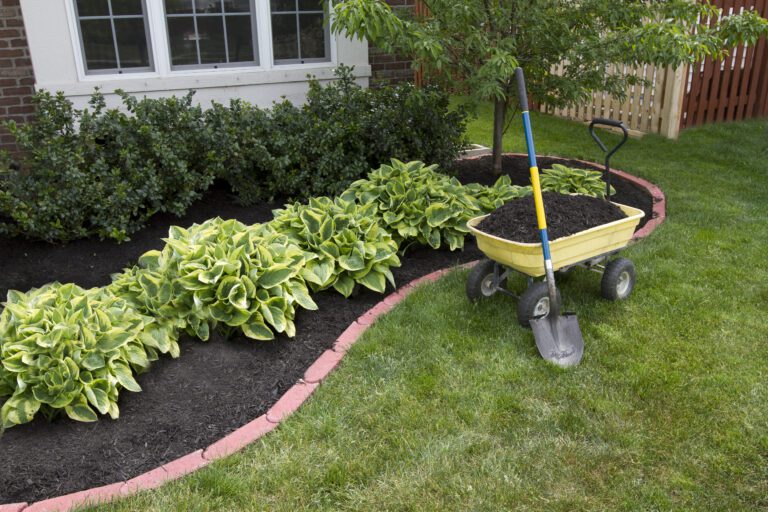
Use a Bucket for Cleaning:
Instead of letting the water run from taps while cleaning, use a bucket to control and minimize water usage. Fill the bucket with the necessary amount of water and use it for tasks such as mopping floors or washing cars. This simple adjustment in cleaning habits can lead to significant water savings over time.
Opt for Water-Saving Appliances:
When choosing appliances, opt for those with water-saving features and high water efficiency ratings. Energy-efficient dishwashers and washing machines not only save water but also reduce energy consumption. By selecting water-saving appliances, you can make a positive impact on both water conservation and energy conservation.
Check for Toilet Leaks:
Toilet leaks can go unnoticed but can waste a substantial amount of water. Conduct a simple test by adding food coloring to the toilet tank and checking if the color seeps into the bowl without flushing. If there is a leak, promptly repair it to prevent water waste and conserve this valuable resource.
Dual Flush Toilets:
A dual flush toilet is a type of toilet designed to save water by offering two flushing options: one for liquid waste and another for solid waste. The dual flush system typically includes a lower volume flush for liquid waste, which uses less water, and a higher volume flush for solid waste, which requires more water to effectively clear the bowl. This design allows users to choose the appropriate flush based on the type of waste, thereby reducing the overall water usage compared to traditional single flush toilets.
The water savings from using a dual flush toilet can be significant:
- A standard single flush toilet might use about 1.6 gallons (6 liters) of water per flush.
- Dual flush toilets typically use about 0.8 to 1.1 gallons (3 to 4 liters) for the low-volume flush and 1.28 to 1.6 gallons (4.8 to 6 liters) for the high-volume flush.
By offering a lower volume option for liquid waste, which constitutes the majority of flushes, dual flush toilets can save thousands of gallons of water per household each year. Estimates suggest that a dual flush toilet can save approximately 20% more water compared to a conventional low-flow single flush toilet. Over time, this can lead to significant water conservation and cost savings on water bills, making dual flush toilets an environmentally friendly and cost-effective choice for households.
Water-Smart Gardening:
This is different from xeriscaping, however it’s conceptually similar. Group plants with similar water needs together in your garden. This practice enables more efficient watering by targeting specific areas rather than uniformly watering the entire garden. Implement proper soil management techniques such as adding compost and organic matter to improve water retention. By practicing water-smart gardening, you can conserve water and promote healthier plant growth.
Be Mindful of Faucet Usage:
Be mindful of faucet usage throughout your daily activities. Turn off the faucet while brushing your teeth, shaving, or soaping dishes (I’m guilty of this – but because of researching this topic, I will change!) Only use water when necessary, and use it efficiently. By practicing mindful faucet usage, you can significantly reduce water wastage and contribute to water conservation.
Use a Rain Sensor for Irrigation Systems:
If you have a sprinkler system, install a rain sensor that automatically shuts off sprinklers when it rains. These are in-expensive and easy to install on most systems. This ensures that you are not watering unnecessarily during wet weather conditions. A rain sensor prevents water wastage and helps you conserve water by aligning your irrigation with natural rainfall.
Compost instead of using a Garbage Disposal:
Opt for composting food waste instead of using a garbage disposal. Composting not only reduces water usage associated with running a disposal but also creates nutrient-rich compost for your garden. By composting, you can minimize water wastage and contribute to a sustainable waste management system.
Opt for Water-Efficient Landscaping:
When designing your landscape, choose water-efficient features and designs. Incorporate drought-tolerant plants, which require less water, and utilize permeable surfaces that allow water to penetrate the soil instead of runoff. By opting for water-efficient landscaping, you can reduce water consumption and create an aesthetically pleasing and eco-friendly outdoor space.
Spread Awareness:
Nothing beats education! Share your water conservation efforts and knowledge with others. Engage in conversations about water conservation, and encourage friends, family, and neighbors to adopt water-saving practices. By spreading awareness and inspiring others to take action, you can amplify the impact of water conservation efforts and create a collective commitment to preserving this precious resource.
Final Thoughts
Implementing these effective water conservation tips in your home can make a significant difference in preserving water resources and building a sustainable future. Each small change contributes to the collective effort of water conservation, and together, we can make a positive impact on the environment and our communities. By adopting these practices and encouraging others to do the same, we can create a water-conscious society that values and protects this vital resource.

